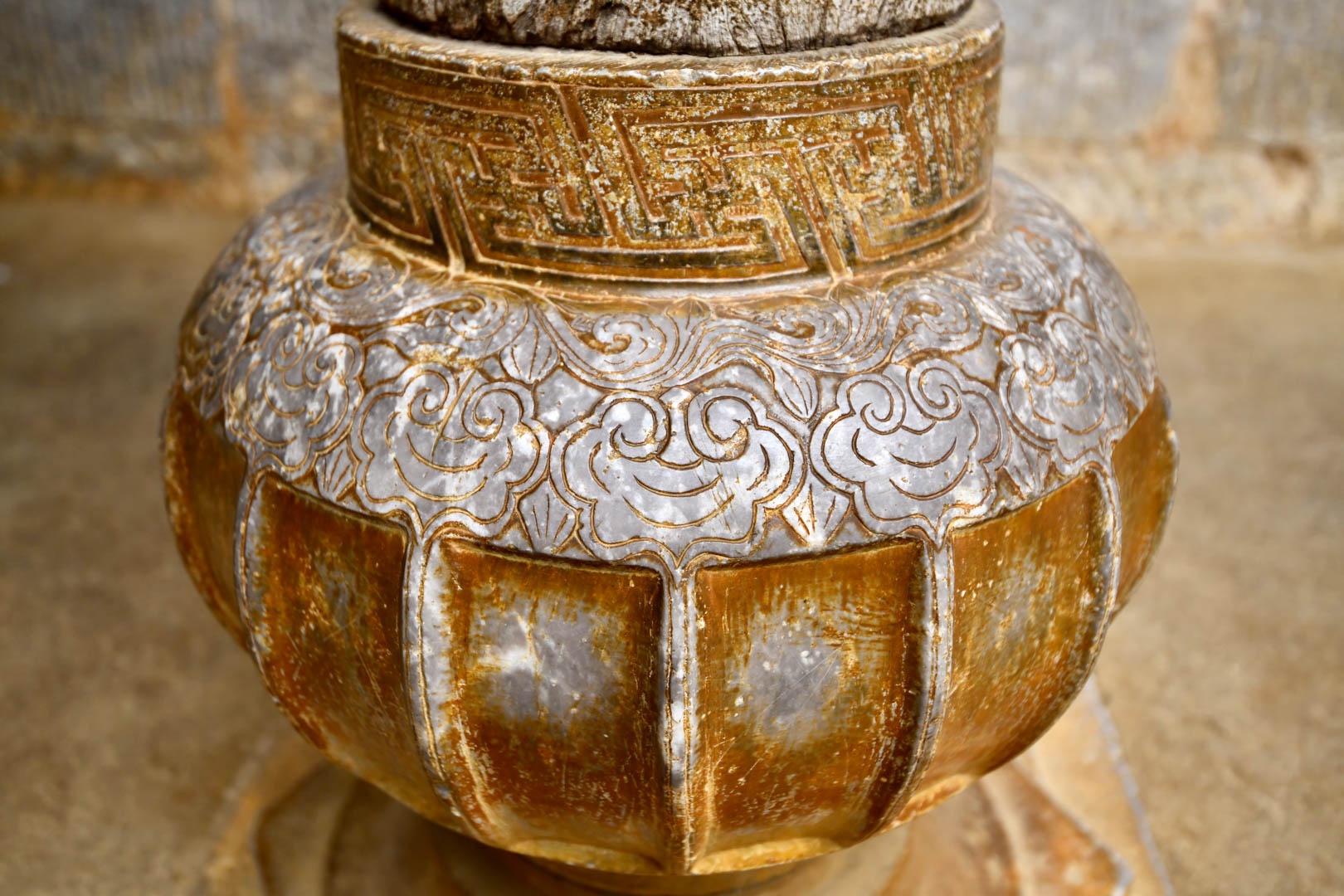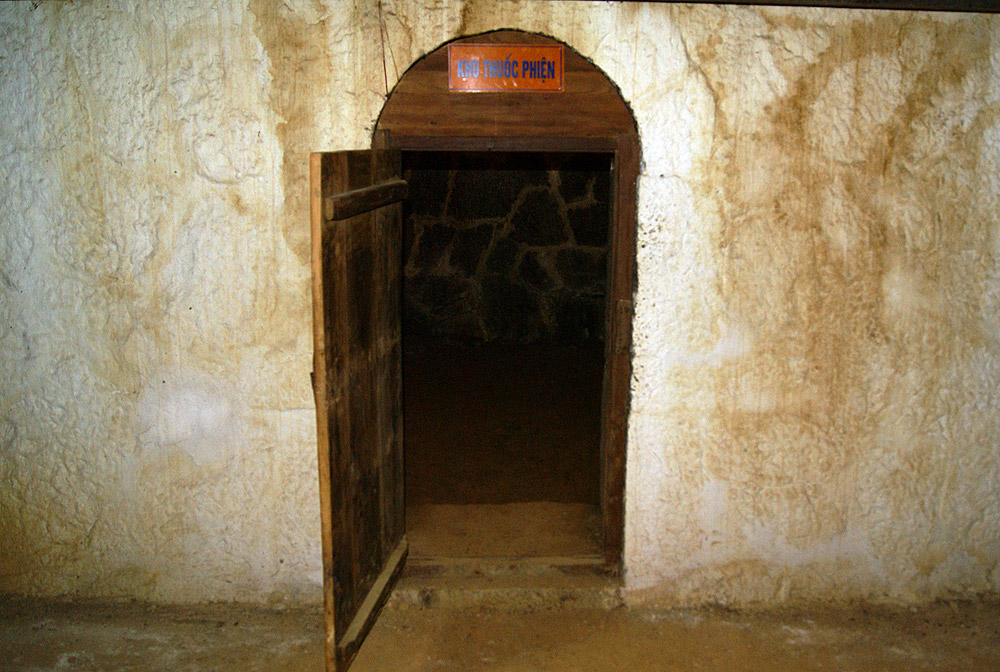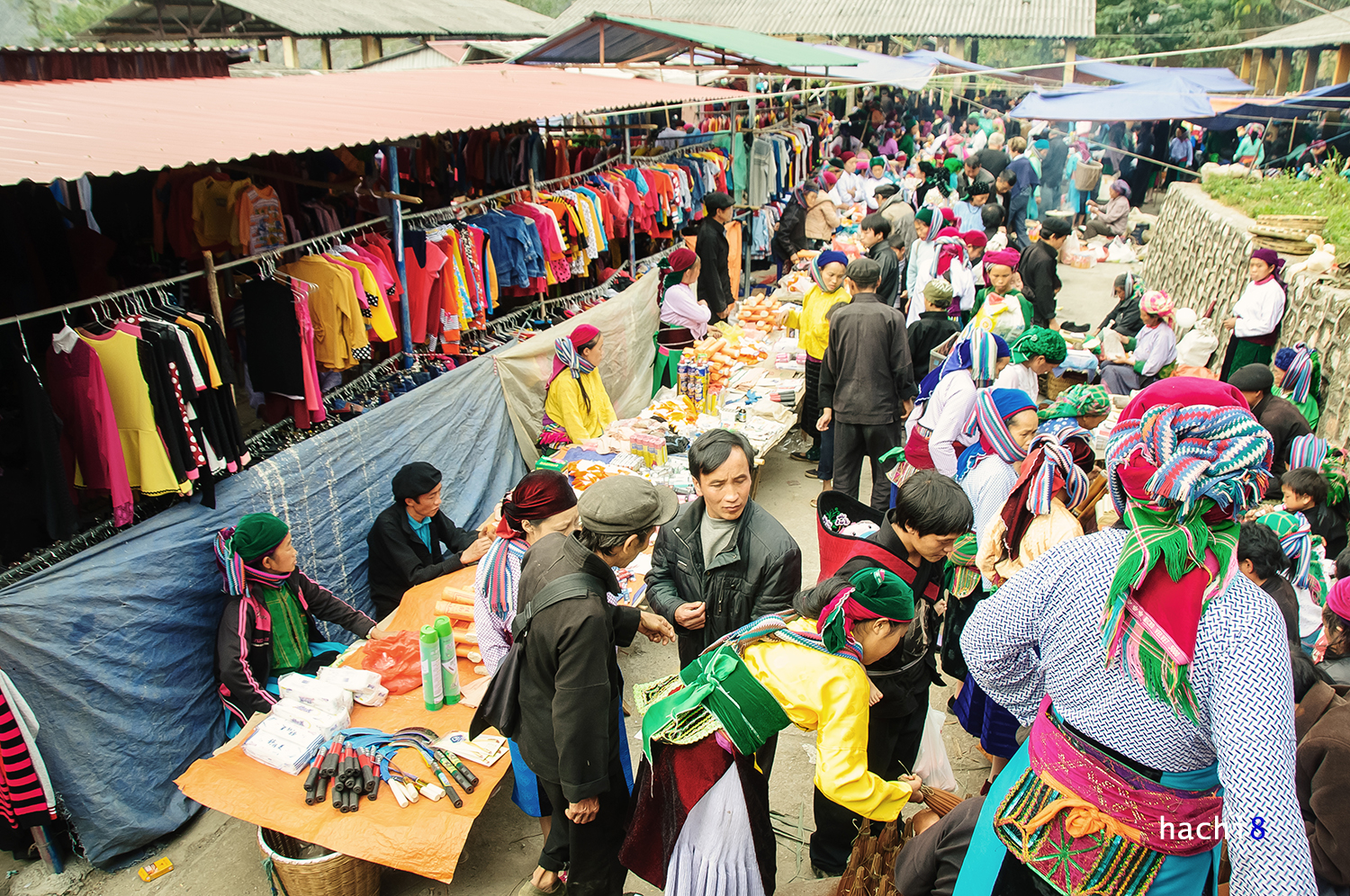Vuong Family Mansion - Ha Giang's Opium Palace
If you’re an adventurer, you have definitely heard of the badass destination that is Ha Giang, Vietnam’s northernmost region that boasts spectacular landscapes and winding mountain passes that challenges even the bravest and experienced drivers. And if you’ve heard of Ha Giang, you've definitely heard of a lavish mansion in the mountains that belonged to the H'Mong King Vuong Chinh Duc and his family. The king chose to build his palace on a mound of land that is in the shape of a turtle’s shell, an animal that is considered sacred in Vietnamese culture and symbolizes longevity. The Vuong family mansion is still able to retain its unique and one of a kind features after more than a century. This is considered a symbol of the traditional culture and customs of the ancient H'Mong people. That is why Dong Van district and Ha Giang province are so invested in the restoration and preservation of this place. But what’s so special about this place that people can’t seem to miss out on?

The Vuong Family Mansion
The notorious “Opium Palace”
The residence of the H'Mong King (or Meo King), also known as the Vuong Family Mansion, covers an area of nearly 3000 square meters, situated on a turtle-shaped hill surrounded by mountains and forests in the Sa Phin Valley, Dong Van District, Ha Giang Province. On both sides of the road leading to the mansion are rows of lush green pine trees imported from China. The mansion was constructed from 1919 to 1928, costing 15,000 white silver coins or piastres (currency of French Indochina), equivalent to 150 billion dong today.
The most distinctive feature of the Vuong family mansion is its architecture and decorative motifs shaped like opium poppy flowers. Hence, some people refer to it as the "Opium Palace".

Poppy motifs on the mansion's architecture
Within the Vuong family mansion grounds, all the stone slabs supporting the house columns are meticulously carved into opium poppy shapes. After smoothing and polishing, they are shined with silver coins, transforming the white stone color into a coppery hue, closely resembling the dried opium poppy color. The decorative patterns on the roof ridges are also carved in the form of opium poppy pods.
Particularly noteworthy is the underground chamber constructed with thick green stone slabs measuring over 60cm, designed to store Opium. This chamber is located on the left side of the house, symmetrically opposite the chamber for storing gold and silver on the right side of the house.
The most extravagant element in the Vuong mansion is a meticulously carved crescent-shaped bathtub, created from a single massive stone block, traditionally believed to have been a bath tub for the first wife of the king. To please his wife, the H'Mong king compelled officials to contribute goats monthly, solely for the purpose of extracting milk for the queen's baths.

Room for storing Opium in the mansion
The unique architecture of the Mansion of Vuong Family
The Vuong Family Mansion is influenced by the architecture of three cultures - Chinese, Mong, and French, and designed by a skilled craftsman from Nam Dinh. The house has 4 horizontal sections, 6 vertical sections, divided into Forecourt, Central court, and Rear court with 64 chambers, built with 2-story walls of green stone, wooden roofs, and tiles made of baked clay. The entrance path is made of granite slabs with intricate carvings. The roofs are yin-yang tiled, also meticulously carved.
The Forecourt is the residence of soldiers, guards, and servants. The Central and Rear courts are the living and working areas of the members of the Vuong family. Initially, all the wood used in the house was pine. However, since becoming state property, about 60% of the wood materials in the house have been replaced with ironwood and teak.
Outside the central area, a horizontal lacquer board with Chinese characters hangs, bestowed by King Nguyen Khai Dinh to the Meo King, reading "Biên Chính Khả Phong", which means “Your way of ruling in this border region is worthy of being applied throughout the country”.
The outer protective wall was built tall and guarded by soldiers, making it difficult to infiltrate from the outside. Each section of the wall is equipped with watchtowers and guard posts to ensure the safety of the entire palace complex. Behind the palace, there is a large water reservoir with a capacity of 300 cubic meters, entirely built with stone, designed to collect rainwater from the roofs. As it is located in a frequently dry region, this water reservoir serves as the main water supply for the people in Sa Phin today.

A lacquer board that reads "Bien Chinh Kha Phong"
The story of the Vuong Family
Vuong Chinh Duc, The King of Meo, also known as the H'Mong King, was a leader of the H'Mong community in certain regions of Vietnam, China, and Laos before the August Revolution. This is a self-governing community whose economy primarily relies on cultivating and processing opium poppies, as well as opium trading.
Before the August Revolution, he was the king of the H'Mong people, ruling over a powerful dynasty that controlled the entire northernmost region of present-day Vietnam, with a population of up to seventy thousand.
According to legend, the initial residence of Vuong Chinh Duc, was in a large mountainous valley. However, he encountered many difficulties and obstacles in all his endeavors while living there. Therefore, he invited a talented feng shui master, Truong Chieu, from China to assess the situation and help in building a new house.
After careful consideration, the master chose the Sa Phin Valley as the location for constructing the mansion. Truong Chieu believed that a house situated amidst the turtle-shaped hill would bring prosperity and wealth to the entire family. True to the feng shui master's predictions, the Vuong family thrived economically, leading a prosperous and abundant life thereafter.

The Mansion of Vuong Family viewed from above
Visiting the Mansion of Vuong Family in Ha Giang
To visit the H'Mong King's Palace, you need to buy an entrance ticket. The general price for the palace tour is 30,000 VND/person for adults and 10,000 VND/person for children. The site is open to visitors everyday from 7:00 AM to 5:00 PM.
If you travel by motorbike, you can park the bike nearby and walk to the palace. Parking price is 5,000 VND/vehicle.
You can combine visiting the palace and the Sa Phin Market, if you’re lucky. The market is held once every 6 days and opens from early morning until about 4:00 PM. On the day of the market, people from all over the village would bring goods and agricultural products to the market, they sometimes would exchange a product for another of the same value instead of using money. The market sells many different types of goods, including medicinal and precious herbs of the local region.
Go down to the end of the market on the right hand side and there will be stands that serve food. You can enjoy many specialties of Ha Giang at the market while listening to stories told by the local people.

Sa Phin market in Ha Giang
How to get to Mansion of Vuong Family
The Mansion of Vuong Family is situated in the valley of Sa Phin commune, Dong Van district, Ha Giang. It is located about 15 km from Dong Van town and was ranked as a national monument on July 23, 1993.
To get to the Mansion of the Vuong Family, you first need to get to Ha Giang, read all about how to do that here. Once you’re here, you can rent a motorbike and drive. Motorbike rentals in Ha Giang is also very developed. You can absolutely find motorbike rental shops near bus stations. Rental price ranges around 150.000 - 200.000 VND/bike. The Mansion of Vuong Family is located right near Highway 4C on the road from Ha Giang city to Dong Van. The distance from the city center to the mansion is about 131 km.
From the city, follow the direction to Quan Ba heaven’s gate, through Yen Minh pine forest and then turn onto Tham Ma slope on the right to enter Highway 4C. At the intersection of Sa Phin commune, turn right and continue for about 3 km and you’re there, the Vuong family mansion should be on your left.
The route to the mansion is fairly smooth, nothing too challenging. You just need to follow National Highway 4C to get there. On the way, you’re going to pass by some tourist destinations in Ha Giang such as Quan Ba heaven’s gate, Yen Minh pine forest and Pao's House, which we highly recommend visiting before arriving at the H'Mong King's palace. If you’re doing a whole Ha Giang tour, you can consider services from a local travel agency, who will cover everything from private transfers, accommodations to a detailed travel plan for you. If you’re interested, consider Vietnam Original Travel.
=> A 2 Day 1 Night Ha Giang Loop Tour




.jpg)


